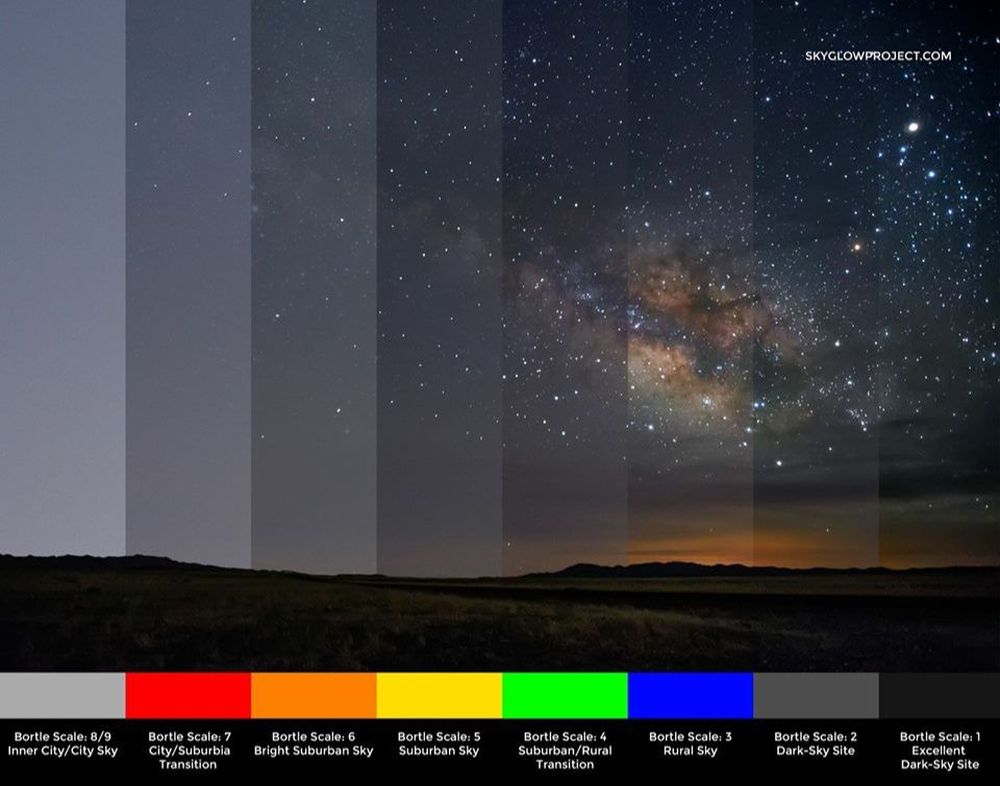Hi,
Thought I'd create a thread with my astrophotography images. Hope you enjoy.
Update - I now have a Youtube channel which I created for a bit of fun about my Astrophotography. If interested you can watch here (and subscribe if you want to!)
https://www.youtube.com/channel/UCptfsKNzgPrxE4SA3CKPmSQ/
Eastern Veil Nebula
 Eastern Veil Nebula by Joel Spencer, on Flickr
Eastern Veil Nebula by Joel Spencer, on Flickr
Rosette Nebula
 Rosette Nebula by Joel Spencer, on Flickr
Rosette Nebula by Joel Spencer, on Flickr
Bodes and Cigar Galaxy
 Bodes and Cigar Galaxy by Joel Spencer, on Flickr
Bodes and Cigar Galaxy by Joel Spencer, on Flickr
The Great Orion Nebula (and Running Man Nebula)
 The Great Orion (M42) and Running Man (M43) Nebula by Joel Spencer, on Flickr
The Great Orion (M42) and Running Man (M43) Nebula by Joel Spencer, on Flickr
Horsehead and Flame Nebula
 HH & Flame Nebula by Joel Spencer, on Flickr
HH & Flame Nebula by Joel Spencer, on Flickr
Pleaides (Seven Sisters) Star Cluster
 The Pleiades by Joel Spencer, on Flickr
The Pleiades by Joel Spencer, on Flickr
Cygnus, Milky Way
 Cygnus by Joel Spencer, on Flickr
Cygnus by Joel Spencer, on Flickr
Double Cluster
 Double Cluster by Joel Spencer, on Flickr
Double Cluster by Joel Spencer, on Flickr
Messier 31 - The Andromeda Galaxy
 Messier 31 - Andromeda Galaxy by Joel Spencer, on Flickr
Messier 31 - Andromeda Galaxy by Joel Spencer, on Flickr
Pinwheel Galaxy
 Pinwheel Galaxy by Joel Spencer, on Flickr
Pinwheel Galaxy by Joel Spencer, on Flickr
The Witches Broom Nebula
 The Witches Broom Nebula by Joel Spencer, on Flickr
The Witches Broom Nebula by Joel Spencer, on Flickr
The California Nebula
 California Nebula by Joel Spencer, on Flickr
California Nebula by Joel Spencer, on Flickr
 NGC 6992 - Eastern Veil Nebula by Joel Spencer, on Flickr
NGC 6992 - Eastern Veil Nebula by Joel Spencer, on Flickr
Thought I'd create a thread with my astrophotography images. Hope you enjoy.
Update - I now have a Youtube channel which I created for a bit of fun about my Astrophotography. If interested you can watch here (and subscribe if you want to!)
https://www.youtube.com/channel/UCptfsKNzgPrxE4SA3CKPmSQ/
Eastern Veil Nebula
 Eastern Veil Nebula by Joel Spencer, on Flickr
Eastern Veil Nebula by Joel Spencer, on FlickrRosette Nebula
 Rosette Nebula by Joel Spencer, on Flickr
Rosette Nebula by Joel Spencer, on FlickrBodes and Cigar Galaxy
 Bodes and Cigar Galaxy by Joel Spencer, on Flickr
Bodes and Cigar Galaxy by Joel Spencer, on FlickrThe Great Orion Nebula (and Running Man Nebula)
 The Great Orion (M42) and Running Man (M43) Nebula by Joel Spencer, on Flickr
The Great Orion (M42) and Running Man (M43) Nebula by Joel Spencer, on FlickrHorsehead and Flame Nebula
 HH & Flame Nebula by Joel Spencer, on Flickr
HH & Flame Nebula by Joel Spencer, on FlickrPleaides (Seven Sisters) Star Cluster
 The Pleiades by Joel Spencer, on Flickr
The Pleiades by Joel Spencer, on FlickrCygnus, Milky Way
 Cygnus by Joel Spencer, on Flickr
Cygnus by Joel Spencer, on FlickrDouble Cluster
 Double Cluster by Joel Spencer, on Flickr
Double Cluster by Joel Spencer, on FlickrMessier 31 - The Andromeda Galaxy
 Messier 31 - Andromeda Galaxy by Joel Spencer, on Flickr
Messier 31 - Andromeda Galaxy by Joel Spencer, on FlickrPinwheel Galaxy
 Pinwheel Galaxy by Joel Spencer, on Flickr
Pinwheel Galaxy by Joel Spencer, on FlickrThe Witches Broom Nebula
 The Witches Broom Nebula by Joel Spencer, on Flickr
The Witches Broom Nebula by Joel Spencer, on FlickrThe California Nebula
 California Nebula by Joel Spencer, on Flickr
California Nebula by Joel Spencer, on Flickr NGC 6992 - Eastern Veil Nebula by Joel Spencer, on Flickr
NGC 6992 - Eastern Veil Nebula by Joel Spencer, on Flickr
Last edited:




 Andromeda Galaxy, Messier 31
Andromeda Galaxy, Messier 31
 Eastern Veil Nebula
Eastern Veil Nebula The Triangulum Galaxy, Messier 33
The Triangulum Galaxy, Messier 33
 Messier 31
Messier 31 Moon
Moon

 Bodes & Cigar Galaxies
Bodes & Cigar Galaxies